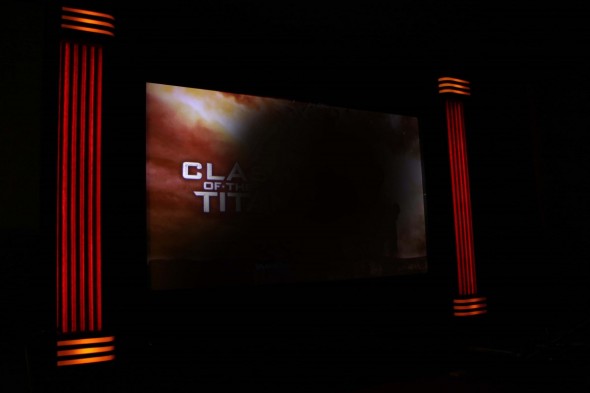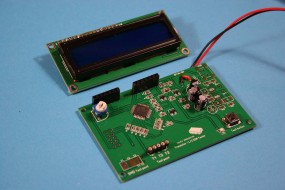A Good Scary Story Is Much More Fun Than a Simple Explanation

Picture of the Paulding Light taken on November 3, 2007 as it floats slowly downward.
Attribution: Flivver 99 at en.wikipedia/Wikimedia Commons/CC-BY-3.0
A Personal Encounter
The Paulding Light, also known as the Dog Meadow Light, was a spooky local tale that still lives on in northern Wisconsin and the upper peninsula of Michigan where it is located. Stories that accompany the legend vary, but the particular one that we had been hearing at the time involved the death of a railroad brakeman whose spirit continued to roam the tracks at night, eternally waving his lantern in an effort to warn the oncoming train of an impending collision that would also take his life.
It was around 1970 and I was in high school when this story became a fun topic of conversation in my hometown in northern Wisconsin. I don’t remember if I first heard of it through school or on the local radio station, but my older neighbor had just acquired his driver’s license and a beater first car, and investigating the light would be the closest thing to an adventure that we would be likely to find in that neck of the woods. … Read the rest


















